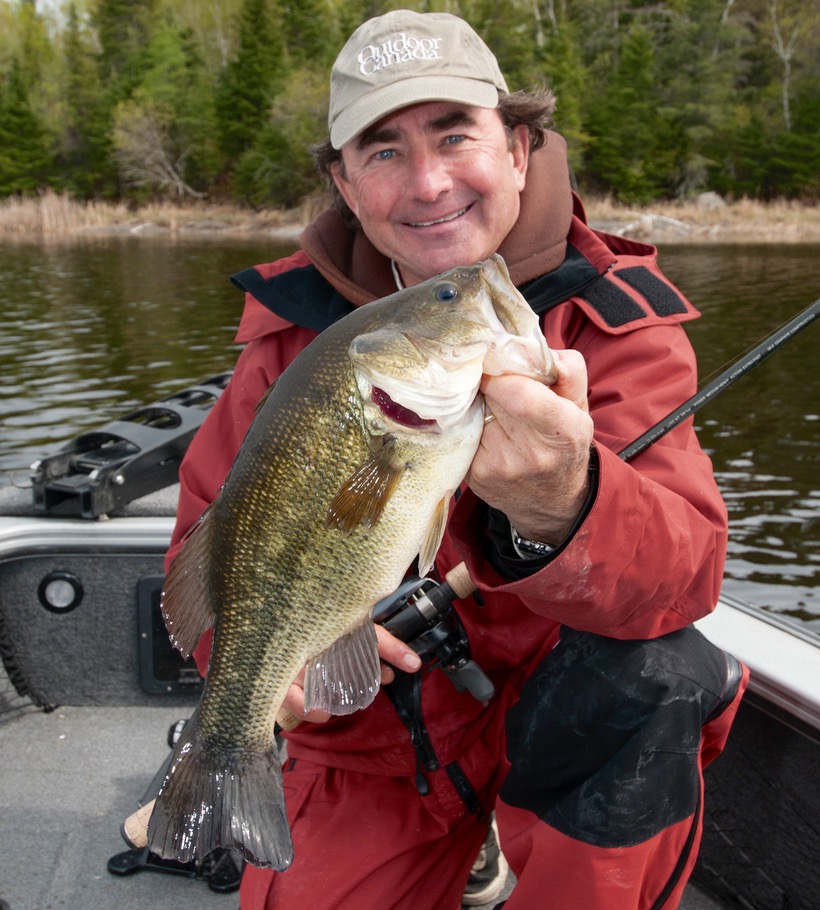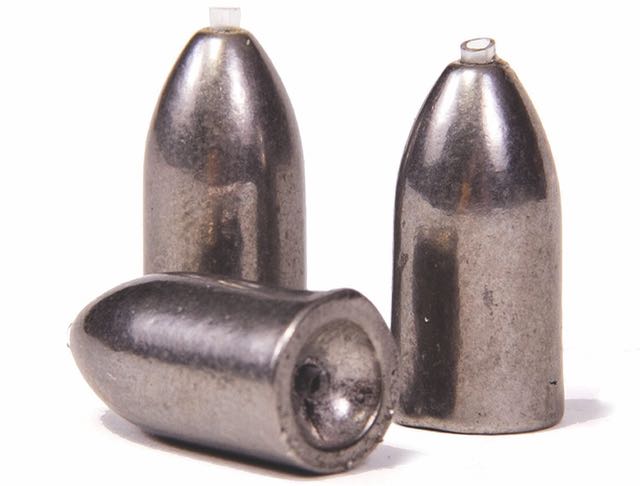In the thick of it
Punch the weeds to boat more bucketmouths this autumn
Advertisement
If you’re looking to catch big largemouth bass this fall, be prepared to engage in some jungle combat. Largies search out the thickest, weediest, most intimidating places on the lake, spots where the grass—typically cabbage and milfoil—grows so thick it blankets the surface. The biggest numbers of trophy-sized marsh melons live in those areas because of the shelter, shade, seclusion and sustenance the habitat provides.
[easy-tweet tweet=”Want to boat more bucketmouths this autumn? Punch through those weeds @GordPyzer explains how” user=”OutdoorCanada” hashtags=”largemouth,bassfishing,fishingislife”]
Advertisement
They’re also places that most anglers avoid, however, because it’s a hassle to fish them, let alone run your electric trolling motor through them. The mats of grass are typically so dense that it’s even a waste of time pulling a frog across them. Ditto for pitching and flipping conventional bass baits. So, how do you put your offering in front of a monster largemouth when the weeds are so thick there aren’t even tiny holes to flip or pitch a lure into? Easy—you punch your bait through the mat like a meteor crashing to earth.
The gear
For this tactic, you need a heavy-action, 7’6″ to eight-foot baitcasting rod matched with a 7:1 or faster reel spooled with a premium 40- to 65-pound-test braided line. A fast reel is essential because once you feel a bass hit, you have to set the hook quickly and get the fish onto the surface before it knows what’s happened—let it turn its head and swim around in the jungle and it’s going to hang up in the weeds. And since you’re going to punch, punch and punch some more before you eventually find a concentration of fish, it’s essential to be able to quickly retrieve your lure.
Advertisement

You also can’t punch correctly without using a one- to two-ounce tungsten bullet weight, pegged with a rubber stopper, even when the water depth below the mat is only waist to neck deep. Tungsten sinkers are compact and half the size of lead sinkers of similar weight, so they can plough through matted grass like a heavy bullet barrelling through dense brush.
Premium 3/0 and 4/0 straight-shanked, closed-eyed worm hooks with plastic or metal bait keepers are also indispensable. Most of the best punchers also rely on a snell knot to connect the hook to the main line so it will kick out 90 degrees and grab flesh when a bass inhales the bait.
Advertisement
Keeping things compact is the name of the punching game. Since you’ll be driving your soft-plastic creature bait through dense, matted grass, keep any claws or other appendages short and to a minimum. You also must rig your soft-plastic totally weedless—such as Texas-style—if you hope to deliver a knockout punch.
The technique
Because bass tend to bunch up in clusters, it can be time-consuming to pick apart a mat the size of a football field. Instead, look for isolated patches the size of a bathroom—a large bay with several isolated mats is far better than one giant expanse.
When it comes time to throw your punch, pitch the lure underhanded up into the air above the matted grass. Then put your thumb on the spool to stop the lure while using your rod tip to drive the compact package—spearheaded by the tungsten sinker—through the vegetation. The combination of height, sinker weight and speed will force it through the dense cover and into the mouth of the biggest bass you’ve ever thumbed.
Catch Gord Pyzer on the Outdoor Journal Radio Show on The Fan 590. See www.odjradio.com for times.
Bonus tip: heavy question
Don’t fall into the trap of thinking the heaviest sinker is always best. Instead, choose the relatively lightest sinker in an otherwise heavyweight lineup. That’s because once you penetrate the weeds, the bass often prefer a slightly slower-falling bait. And before you retrieve your soft-plastic to deliver the next punch, first lift it up to the underside of the mat, shake it once or twice and let it fall back down. That second fall can often trigger a strike.


